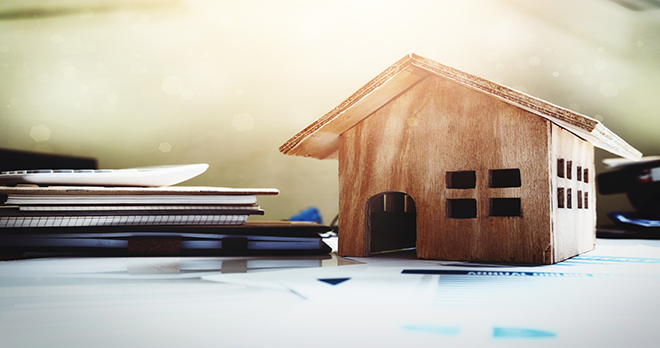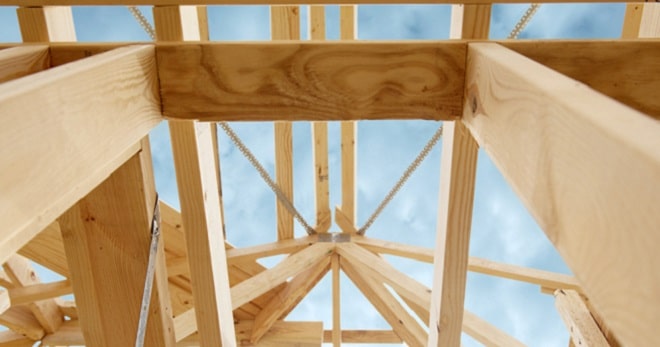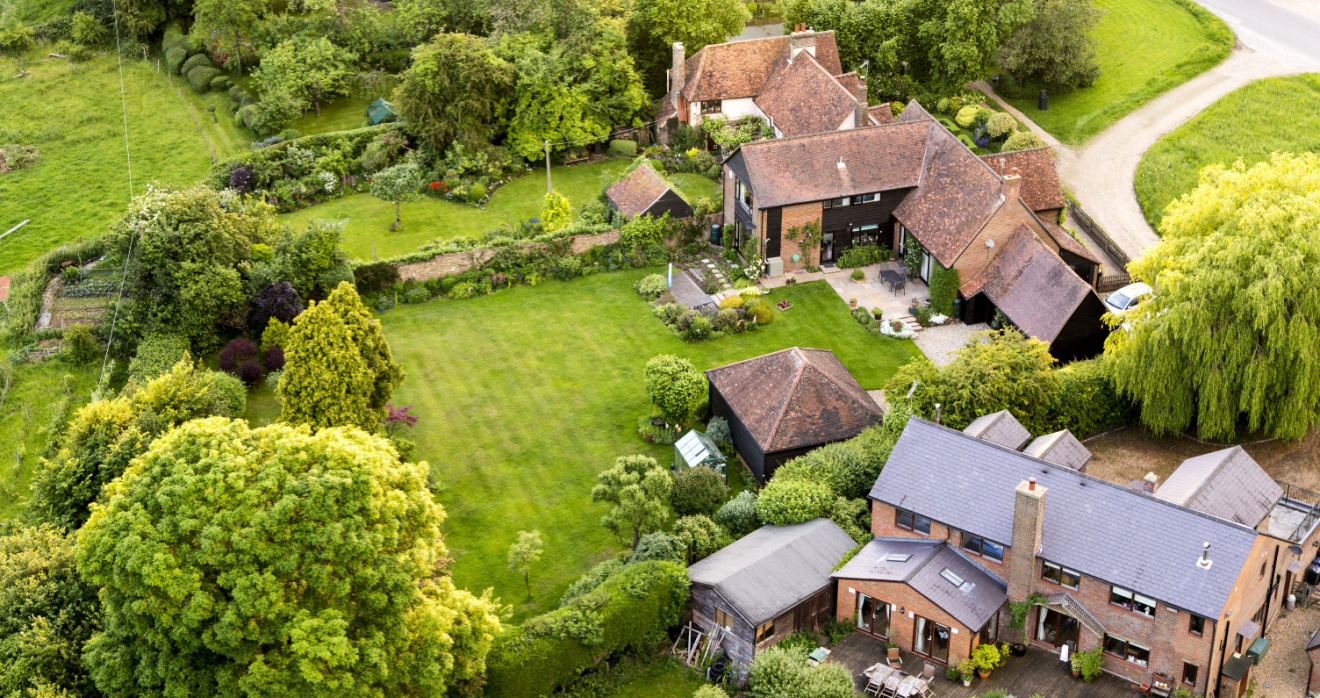Apportionment of chattels and stamp duty land tax in relation to purchase price
Stamp duty can be the greatest cost in buying a property and if the sale price is on the stamp duty threshold then some sellers or buyers may be tempted to divide the purchase price of the house from any items they may be buying/selling with it.
The seller may sell separate items of furniture to the buyer for a fee which is in addition to the purchase price. The items must be distinguished as to whether they may be sold for a separate fee or if they would form part of the purchase price.
If apportioning an agreed purchase price between the property and chattels (see below), the amount specified for chattels should be included as part of the sale contract and the amount allotted for each chattel should be stated on the fixtures and fittings list.
Chattels are personal items which are not part of the property where they reside, unlike a fixture, which is part of the property. Whether an item is a chattel or a fixture depends on the concept of ‘annexation’. Items, which are sufficiently annexed to the property, become part of it.
An apportionment has to be ‘just and reasonable’ and must reflect the actual values of each item. Of course, as fixtures are part of the property, there is no saving by apportioning their value, but where the sale includes significant fixtures, it may be sensible to have a separate list identifying them as well.
However, bear in mind that such a list may hinder rather than clarify the position. It is open to HM Revenue & Customs to make further enquiries where an apportionment has been made to confirm that those items properly fall within that definition.
An example of those items liable to Stamp Duty Land Tax include: fitted kitchen units, cupboards and sinks, Agas and wall mounted ovens, fitted bathroom sanitary ware, central heating systems and intruder alarm systems – ie these items attached to the property.
An example of those items not liable include: carpets (fitted or otherwise), curtains and blinds, free standing furniture, kitchen white goods and light shades – these items are personal and may be removed from the property.
You cen find further information on this subject from the Inland Revenue guide ‘How much is chargeable: Fixtures and fittings'. This advice is aimed at sellers and buyers wishing to apportion a part of an agreed purchase price to chattels to reduce tax.
Our residential property team has extensive experience in property conveyancing, and are here to help you.
Call now








